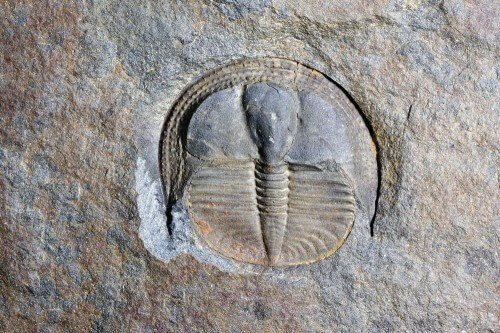Bacteria may have been responsible for the largest extinction in Earth's history

At the end of the Permian period, about 252 million years ago, animals began to die at a wild rate. In only about 20,000 years, 90% of all species on Earth became extinct. What caused this carnage? Researchers have been trying to answer this question for decades.
Because the scale of the extinction was so extensive, biologists and geochemists studying the Earth's distant past began searching for a catastrophe of a scale adequate to pin the cause on. Some have suggested that an asteroid that hit the Earth, like the one that ousted the dinosaurs from power, was the one that caused the extinction. Later, researchers began to focus on volcanoes located in present-day Siberia, which were very active at the time. They emitted large amounts of carbon dioxide and methane, and this is recorded in the chemical composition of rocks in Shako, China. Scientists believe that the increase in the concentrations of these gases led to a warming of the earth which in turn caused an increase in the acidity of the oceans. These two environmental changes together are what eventually wiped out life on earth.
But in those rocks, Dan Rothman, a geochemist from the Massachusetts Institute of Technology (MIT) found findings that do not match the volcano scenario. The chemical signatures indicate that the concentrations of carbon dioxide and methane increased and continued to increase over time. If the gases were the result of volcanic eruptions, they should rise and then fall again. In the eyes of Rothman and his colleagues, this pattern seems more suitable for biological change, similar to the increasingly rapid reproduction of bacteria.
In an article published in April 2014 in the Proceedings of the National Academy of Sciences (PNAS), the researchers point the finger of blame at a single-celled methane-producing creature called Methanosarcina, which they believe filled a key gap in the Permian extinction.
The new hypothesis does not eliminate the influence of volcanoes; The MIT researchers believe it was the large amounts of nickel metal that accumulated due to the eruptions that allowed methanosarcina to thrive. This bacterium, which acquired the ability to produce methane near the time of extinction, needs nickel to convert organic matter into methane. As ocean currents carried the nickel around the world, the sudden increase in its concentration allowed methanosarcin to skyrocket.
Because of this, large amounts of methane were released into the atmosphere, temperatures rose, ocean waters became more acidic, and oxygen levels dropped, as large amounts of oxygen were consumed in the natural reaction where methane is oxidized to carbon dioxide. As the animals began to die and decompose, the methanosarcina bacteria fed on the decaying matter and released more methane, in a positive feedback loop.
The findings imply that the evolution of bacteria has far-reaching consequences for the evolution of the environment in general, says Rothman: "The microbes run the world, we just live in it."
Some scientists question the hypothesis that a single bacterium played such a central role in the Permian extinction. Lee Kemp, a geochemist at the University of Pennsylvania, claims that Rothman and his colleagues did not prove that this was the case, since they only examined one group of rocks in southern China. If this phenomenon is what led to the extinctions in question, we would expect to find similar findings in rocks all over the world," he says. "That's something researchers still have to look for."
The article is published with the approval of Scientific American Israel

4 תגובות
The so-called groping in the dark, theories, theories, no one is there to deny, so we celebrate, fill books and the Internet, there is enough space, you can fill more. Why not?!
The facts that the site presents are wonderful! The theories, well, well...
Can site owners give up images from movements, keystrokes, changing buttons for articles
And also advertisements - a picture from a movement is very disturbing to read an article, which is important for website owners,
I guess - more than making a splashy impression steals attention...
And if the website owners don't know why I haven't used a mobile phone so far, it's disturbing...
They will explore the scientific side...
No, but they are on their way.
So humans didn't make the biggest extinction in history?